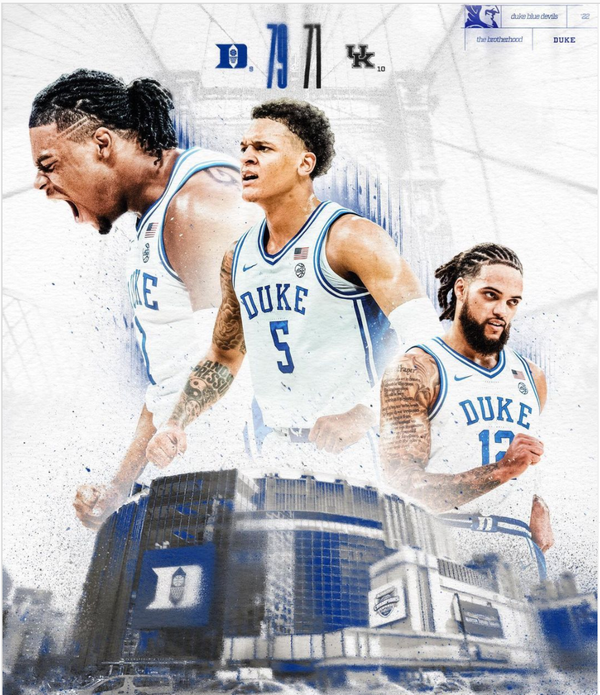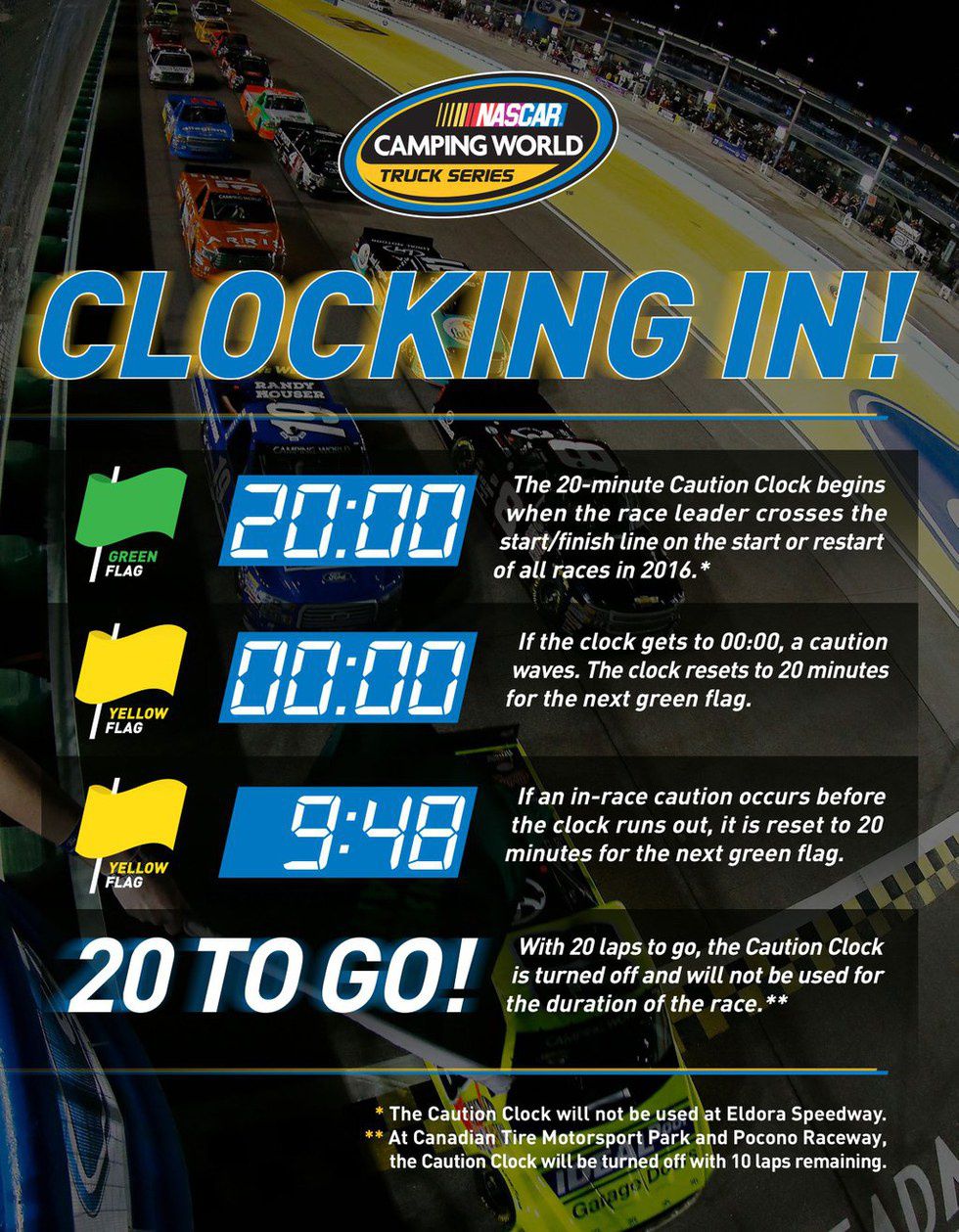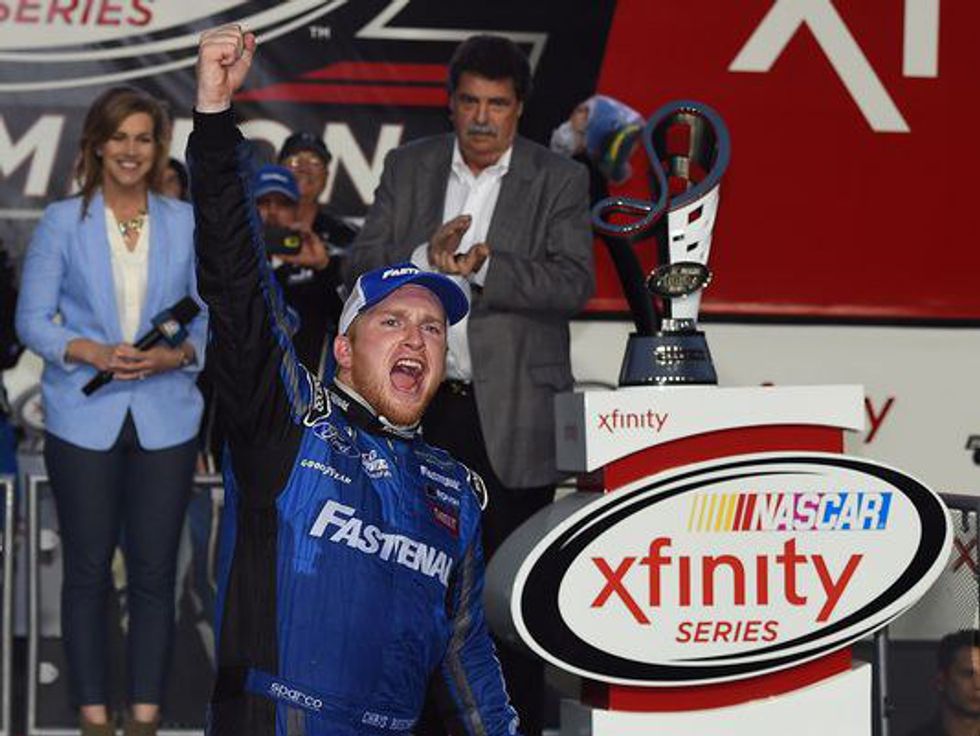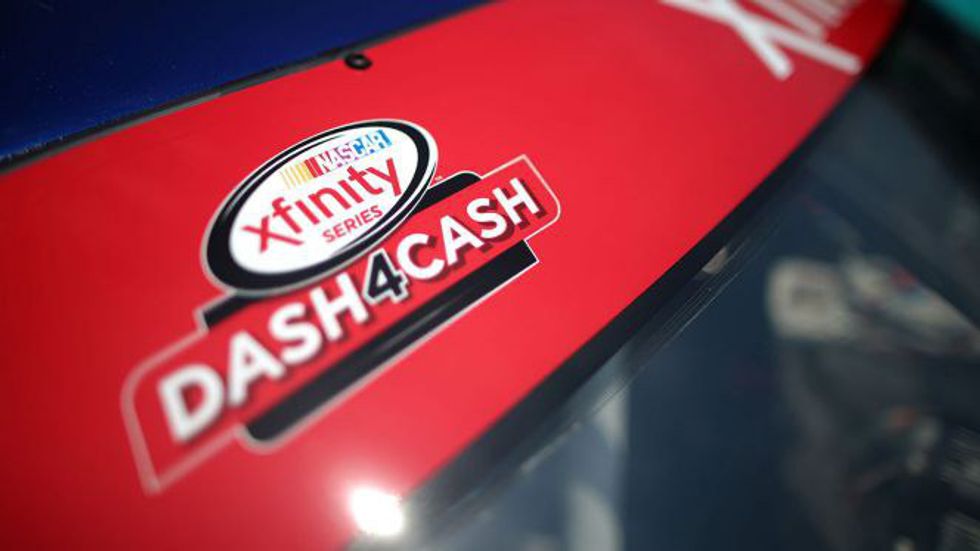Since the Chase was implemented in the NASCAR Sprint Cup Series in 2004, fans have love or loathe the playoff concept. Some say they love the Chase, because it builds excitement to the sport. Others say consistency doesn’t matter, because it’s all about the final 10 races. To some, it’s considered to be WWE on wheels or rigged based on favoritism to some drivers. One of them being Kevin Harvick after people believed he intentionally caused a crash to assure himself a Chase spot at Talladega last season. The list goes on and that’s not what NASCAR’s hot topic is about, it’s about the new rules in NASCAR’s lower series.
As the Chase format enters its 13th season, the Cup Series will no longer be the only national series to have a postseason. Starting in 2016, the Xfinity Series and Camping World Truck Series will have a Chase format, with the most controversial announcement being the Truck Series.
Some fans feel the trucks produce the best-quality racing, highlighted with intense battles and competition that comes down to the very end. But the Chase isn’t the issue, it’s the “Caution Clock” rule that’s caused anger by fans.
The unpopular format will consist of 20-minute green-flag time limit until the caution comes out. Excluding Eldora, the caution clock will be implemented until there are 20 laps to go (except for Canadian Tire Motorsport Park and Pocono Raceway, where it’ll be the final 10 laps). From there, there won’t be a 20-minute green flag run.
What if the caution comes out before it reaches zero? They will restart the clock at 20 minutes every time, so the possibility of a caution free race is extinct. With this format, people seem to ignore that it only ranges around 3-5 competition cautions, since the races are shorter.
Also, NASCAR are no strangers with questionable rule changes, such as the pit rule regulation in 1991, where pit stops are split into two groups.
Fans have already given an opinion of the caution clock and almost everyone hates it. I’m not giving out my opinion until the season begins at Daytona International Speedway February 19. People have initial thoughts and although I’m not crazy about this concept, it’s only going to be 3-5 competition yellows.
If the races become exciting, then it’s worth waiting to give my opinion. But if the races become a wreck-fest or too much of a strategy sport, like Formula One, then the quality of racing will be affected. For now, some have quitted watching NASCAR because of the Chase, Jeff Gordon retiring and now the caution clock has influenced a lot of outrage.
It’s safe to say NASCAR has become a gimmick’s sport because they’ve added many rule changes to make the sport exciting. Especially when the Chase is around, because they have competition with the NFL. Football always wins the battle, so NASCAR has tried to make the sport intense by using gimmicks. Other racing series don’t have a post-season format and it still produces great racing, NASCAR still does, but not to the same level it was during the Winston Cup days (1971-2003).
However, the current Chase format forces drivers to step up their game to keep their tile hopes alive. Otherwise, one mistake or screw up can end your championship aspirations. That within itself, it’s adds intensity, but again, it has become a gimmick's sport.
As for the Xfinity Series, there has been a lot of complaints by fans regarding Cup regulars taking up a lot of driving time from developmental drivers. As a result, common practitioners Kyle Busch, Kevin Harvick, Brad Keselowski and Joey Logano rack up the wins while Xfinity Series drivers Ryan Blaney, Chris Buescher, Chase Elliott, Ryan Reed and Regan Smith were the only regulars to win in 2015.
In 2013, Austin Dillon won the series title without winning a race, the first in national series history. So some damage was done, but the argument will be if it’s not for the Cup guys running, there wouldn’t be any sponsorships or driver growth being provided in the lower series.
As a result, to make things interesting for the Xfinity Series, they added a Chase format. However, rather than 16 drivers like they do in Cup, it’ll be 12 drivers battling for the championship in the final seven races. After three races, the bottom four will be eliminated, until there are four remaining at the Homestead-Miami Speedway.
The difference is that drivers who qualified for the 2015 Chase for the Sprint Cup aren’t allowed to compete in the final race.
Also, there will be heat races in the Dash 4 Cash bonus races, taking place at Bristol (Apr. 16), Richmond (Apr. 23), Dover (May 14) and Indianapolis (Jul. 23). In those heat races, odd-numbered qualifiers will run heat one, while the even-numbered qualifiers are in heat two. The top two finishers of each race will be competing in the Dash 4 Cash with the winner of two Dash 4 Cash races earns a spot in the Chase.
In the Camping World Truck Series, the Chase will consist of eight drivers battling for the title in the last seven races. Another difference is that only two drivers get eliminated after the third race of each round.
But no matter the differences, the top three series (Cup, Xfinity, Trucks) will have a Championship Four at Homestead. Ending any possibility of a driver clinching the title before Homestead. Chase Elliott is the last driver to clinch the title before the finale when he won the 2014 Xfinity Series (then known as Nationwide Series) title in the penultimate race at Phoenix.
Personally, as long as it means the Xfinity regulars are going to be competitive then I don’t have an issue. But I still expect the Cup guys stealing the show like always except for stand-alone races, road courses and the final race.
With Speedweeks at Daytona less than a month away, will the excitement of the race increase with the new rules? Time will tell if this will work, but originality in NASCAR is basically gone. Year-round consistency is also gone and gimmicks have arrived since the Chase began in the Cup Series 12 years ago.
























